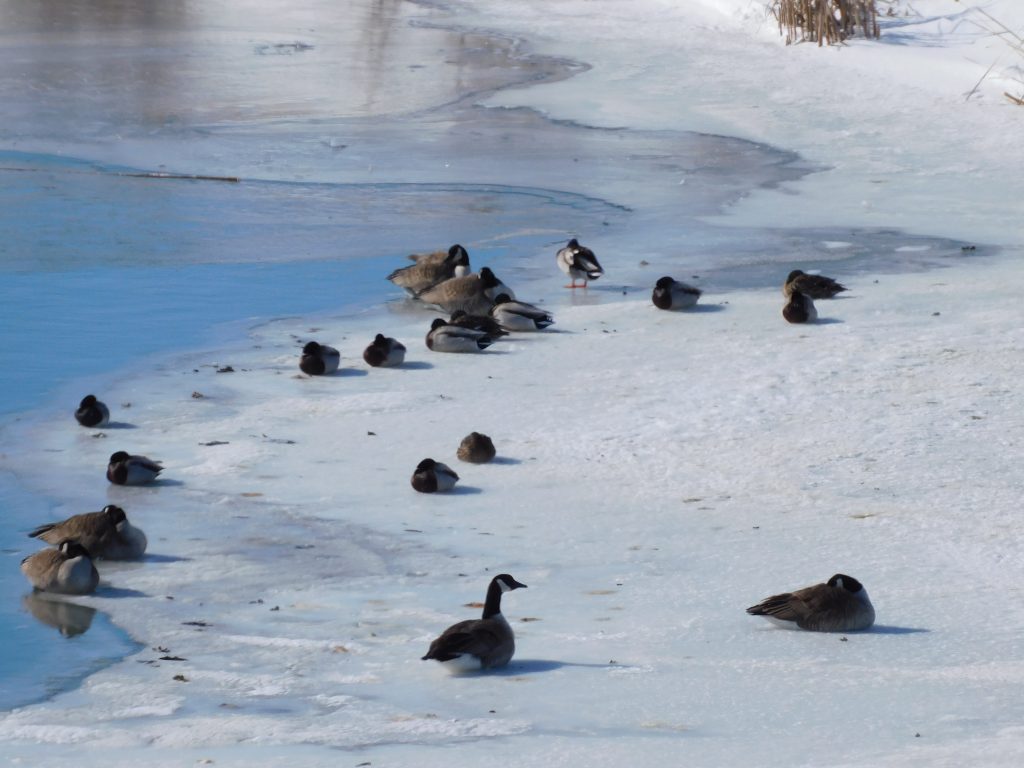

By: Jeff Beach (ND Monitor)
A North Dakota wildlife group is worried federal funding cuts could affect a renowned wildlife research center at Jamestown and is urging people to contact Congress.
The Northern Prairie Wildlife Research Center is part of the U.S. Geological Survey, which is facing a recommended $564 million budget cut proposed by the Trump administration. A May 2 letter from Russell Vought, director of the federal Office of Management and Budget, says some cuts are aimed at programs that “focus on social agendas (e.g., climate change).”
John Bradley, executive director of the North Dakota Wildlife Federation, said with those cuts, it would be “miraculous” if the center was able to stay open.
Bradley put out a call last week for conservation groups to contact members of Congress to maintain funding for the research center.
“There’s probably cuts that do need to happen to rein in the federal budget, but doing so with kind of a shotgun approach isn’t the best way forward,” Bradley said.
Gary Krapu, a retired researcher who still has an office at the research center, said the downsizing has already started.
“A number of people have already left,” Krapu said.
Krapu said the Trump administration had offered research center staff an incentive to leave and administrators have warned of layoffs.
The U.S. Geological Survey falls under the Department of the Interior. A U.S. House Appropriations subcommittee on Tuesday questioned the deep cuts proposed for the Interior department and told Interior Secretary Doug Burgum that Congress would likely provide more funding than the Trump administration requested.
Rep. Chellie Pingree, D-Maine, said the proposed budget cut “eviscerates” the U.S. Geological Survey.
“Without these programs at USGS, our communities will be left vulnerable to natural disasters and deprived of the scientific data that guides responsible land management,” Pingree said.
A statement from the office of Sen. John Hoeven, R-N.D., said the Department of the Interior, “is evaluating their facility options and no budget decisions have been made at this point regarding staffing or funding.”
The Northern Prairie Wildlife Research Center first opened in 1965, focusing mainly on migratory waterfowl.
Its research has helped set hunting regulations, helped guide conservation groups on where to focus their efforts and protected habitat for bird species such as the sandhill crane.
Krapu said federal funding has ranged between $7 million and $10 million in recent years, with partner organizations such as conservation groups also funding projects.
While its staff of about 40 employees is based in Jamestown, its research has stretched from Mexico into the Arctic.
The center’s early research focused on migratory waterfowl, but it diversified over the years to studying wolves, pollinators and invasive species.
The Northern Prairie Wildlife Research Center referred questions to the Geological Survey, which said questions about the center’s budget would have to be answered by the Office of Management and Budget. The OMB did not reply to an emailed request for budget information.
Dave Brandt is a North Dakota Wildlife Federation board member who retired from the research center last year.
Brandt said Jamestown would feel the impact of closing the research center.
“It’s a huge economic driver for the community there,” Brandt said.
Brandt started at Northern Prairie by taking a seasonal position in 1990.
“Northern Prairie was world renowned for its waterfowl biology,” Brandt said.
Krapu is holding out hope for Northern Prairie, where he worked for more than 40 years before retiring in 2012. He said he still has data to enter on sandhill crane research in Russia.
If the center does close, it’s Krapu’s hope that it is only temporary.
“It’s a very unfortunate situation that’s developed, but there’s a lot of other federal workers in the country that are facing the same kinds of problems,” he said.